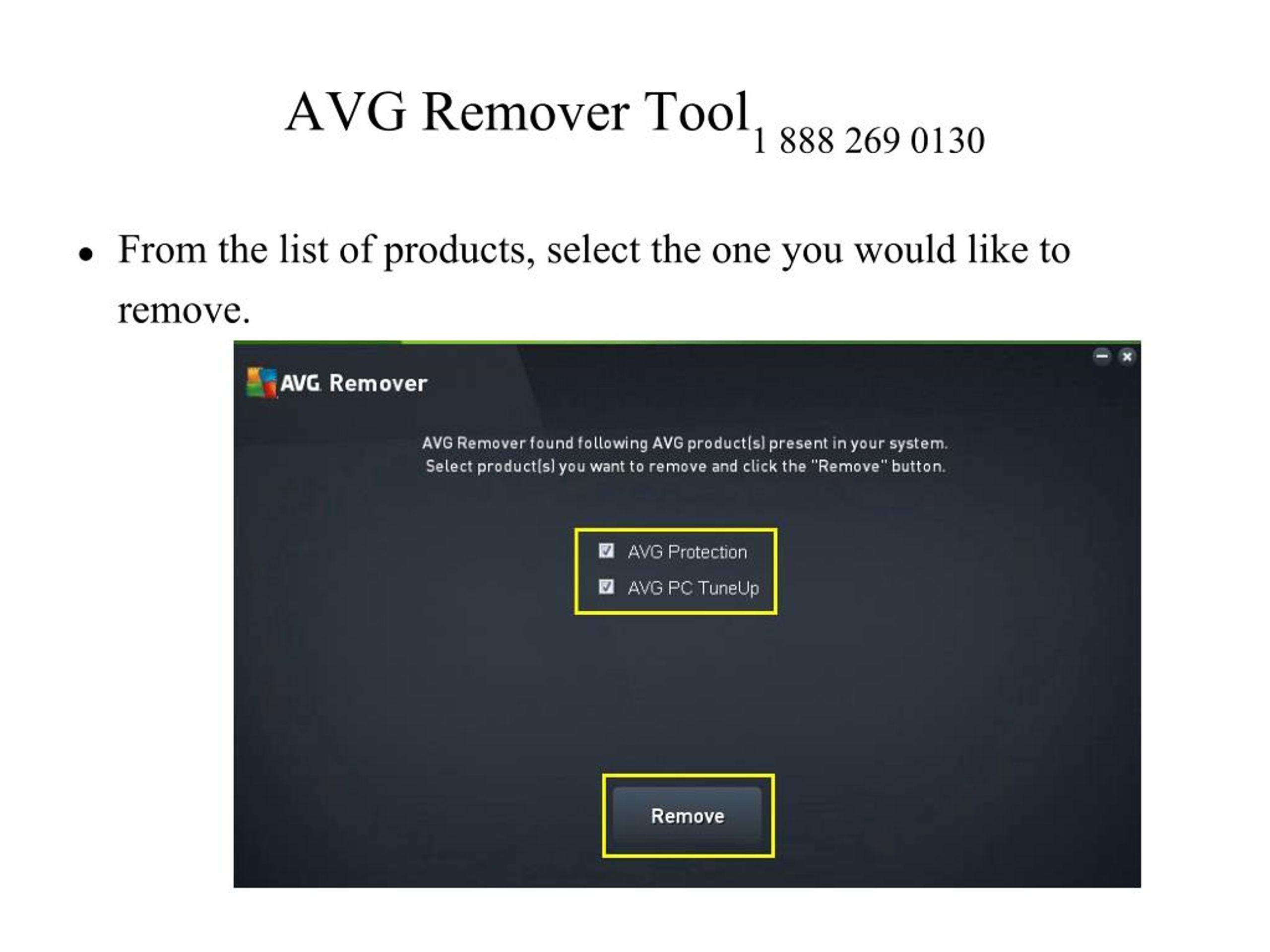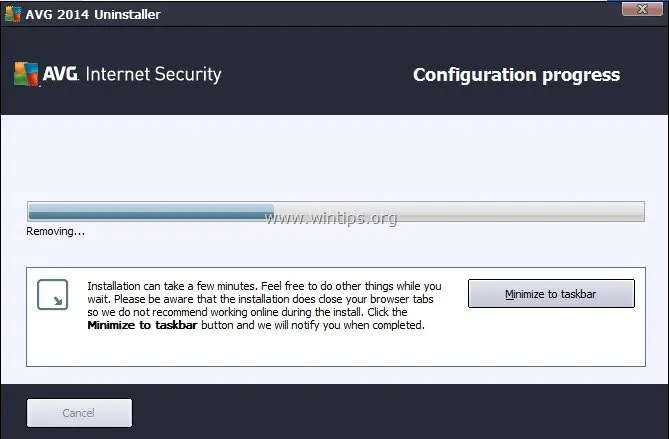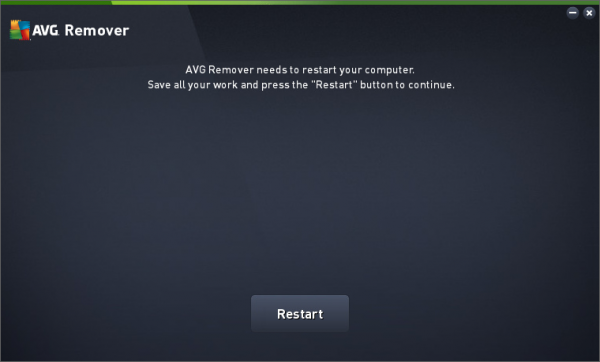

Websites can also host malicious code, which can infect a device if a user clicks on a link or visits the site.

Computer viruses can also spread through websites that host malicious software, such as social media sites that distribute fake videos, images, and other content.

If an email attachment is infected, it can infect the device it’s opened and any other devices that the infected attachment is copied to. They can be sent as an email attachment or embedded in the email message itself. Email attachments are a common way for computer viruses to spread. Much malicious software spreads through email, websites, or other files. Viruses and other malware can be spread through infected files and websites, email attachments, and other forms of executable code.Ĭomputer viruses can spread in a few different ways, depending on the type of virus and the security settings of the device they infect. They’re often designed to damage or disrupt computer systems and networks, steal information, or corrupt data. There are many types of computer viruses and other malicious software, such as worms, Trojans, and other forms of malware. Some viruses can even self-replicate and infect other computers without human interaction. They can also be sent as email attachments. Computer viruses can spread through networks and removable media (such as USB drives). Users need to understand the risks associated with computer viruses and take steps to protect their data from these malicious intruders.Ī computer virus is any malicious software designed to infect computers, damage data, or disrupt operations. Various computer viruses, each with its characteristics and capabilities, can have disastrous consequences for any device or system infected. This malicious content has become increasingly sophisticated over the years, making it increasingly difficult for users to detect and protect their systems from attack.

Computer viruses can be spread through downloads, removable storage media such as USB drives, and even email attachments. It can spread from computer to computer and can even affect entire networks. The avgtoolbar.dll virus is malicious code designed to infect a computer or network system, often damaging, disrupting, or stealing data. Unfortunately, Antivirus often only partially succeeds in removing the remains of avgtoolbar.dll. These avgtoolbar.dll related files should be deleted. If your antivirus displays a notification of avgtoolbar.dll, there are files left over. avgtoolbar.dll takes over the computer, collects personal data, or tries to manipulate your computer so that computer hackers can access it. How to remove avgtoolbar.dll? avgtoolbar.dll is a virus file that infects computers.


 0 kommentar(er)
0 kommentar(er)
